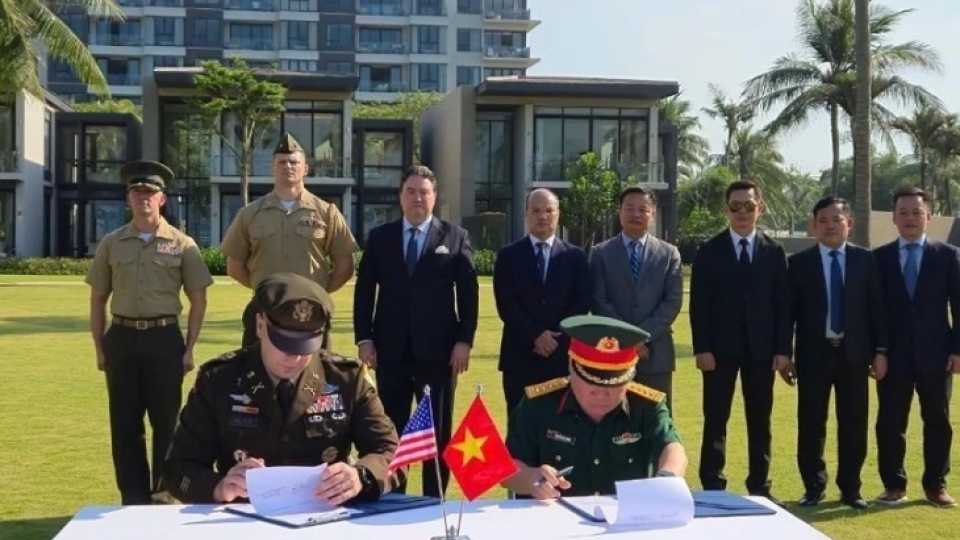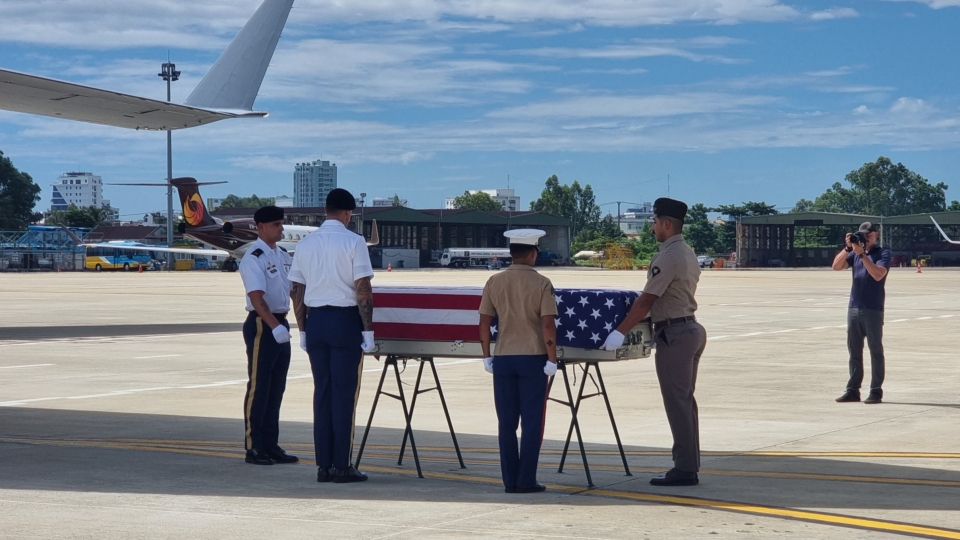Ongoing efforts to recover remains of US soldiers missing in Vietnam War
VOV.VN - Vietnam and the United States are continuing their daily efforts to recover the remains of American soldiers listed as Missing in Action (MIA) during the Vietnam War and bring them home.
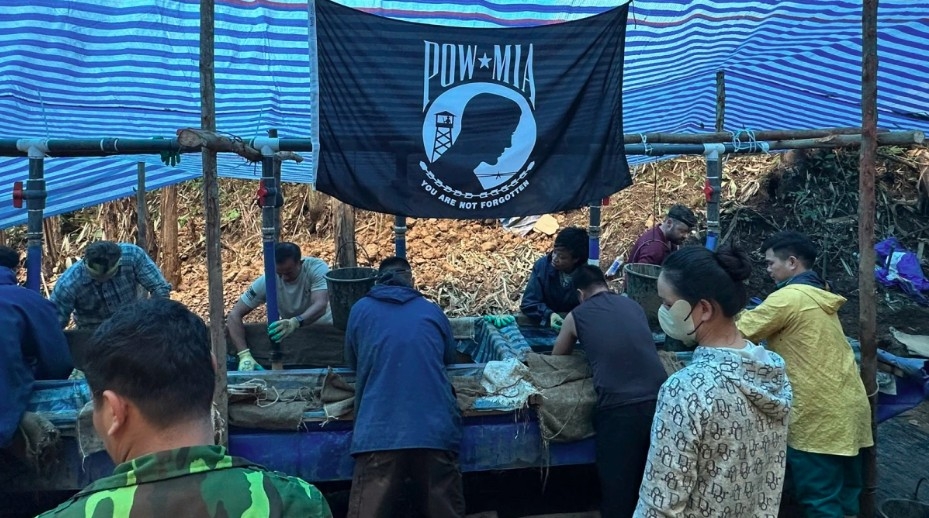
Though the war ended long ago, its pain still lingers. Mothers, wives, and children, on both the Vietnamese and US sides, still hold onto the hope that their loved ones will one day return.
Recognizing that deep longing, both countries remain committed day after day to the search for the remains of missing US personnel, with the shared hope of reuniting them with their families.
Tracing the past
After a helicopter flight, our team touched down on a landing site deep in a primary forest in Thuong Tien commune (part of the former Kim Boi district, northern Hoa Binh province). Each of us was handed a walking stick for the trek ahead through the woods.
Le Trung Kien, a specialist with the MIA Office of the Ministry of Foreign Affairs and head of Excavation Team 2 during MIA Mission 157 explained, “This site in the Thuong Tien forest is a burial location. The missing person was an American pilot who parachuted into this area, was wounded, and later died. He was buried here by locals in 1967. Based on witness accounts and earlier survey missions, this location just up ahead is considered the most promising, our best chance of finding a lead.”
For joint excavations involving both Vietnamese and American personnel, the search relies on case files combined with witness testimony. US anthropologists and Vietnamese experts work together to determine where to grid off excavation zones and how to sift the soil for possible remains.
Earth from each grid is gently scooped into buckets. Teams from both sides, Vietnamese and American, form a human chain, passing each bucket to the sifting station. There, the soil is screened through mesh, while personnel observe carefully and sort through the findings. Loose dirt, stones, and plant debris are set aside. Suspected evidence, such as aircraft fragments or items linked to the missing individual like buttons, dog tags, or bone fragments, is placed into separate containers.
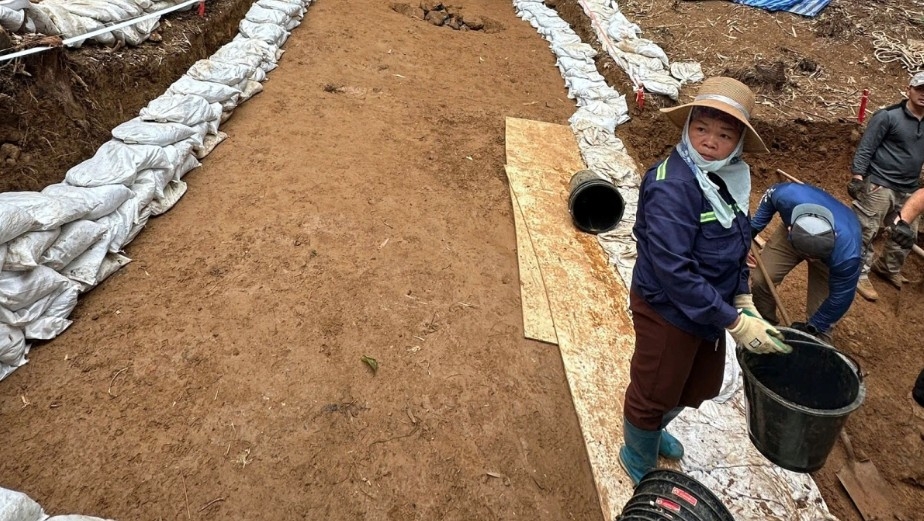
Every step is taken with great care. The digging is done gently, as bone fragments may be brittle. Everything is inspected closely to avoid missing even the smallest trace. A tiny bone, a tooth, a watch strap, a dog tag, or even just a button, might be enough to identify a person. And through that, someone may finally be brought home.
Back to Truong Son
After more than 30 minutes in the air, we touched down on a mountainside in the western part of the Truong Son range, within what was formerly central Quang Binh province. From above, the MIA team’s camp, covered in green tarpaulin, looked like a mushroom tucked into the middle of the dense forest.
A man in jungle fatigues, wearing rubber boots and a hat wrapped in mosquito netting, greeted us with a warm smile, like a figure straight out of the forest. That was Colonel Truong Hong Thai, a specialist with the MIA Office of the Ministry of National Defense and current team leader at this search site.
With walking sticks in hand, we followed Colonel Thai, trekking up and down slopes and crossing streams for over an hour before reaching the excavation site. The aircraft debris and types of shell fragments found there indicated that this had been the location of a crash during the war. Traces of the war were visible, but recovering remains was hundreds of times more difficult, complicated by factors such as how much time had passed and the condition of the aircraft and pilot when they went down.
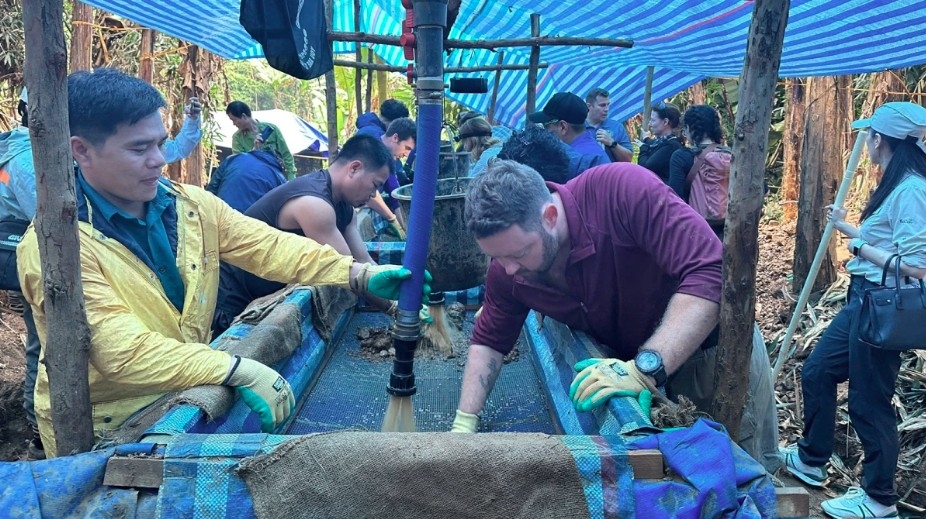
The overwhelming difficulty requires patience and endurance. In the depths of the forest, search teams must set up camp, eat, and sleep in the wilderness, exposed to unpredictable weather and surrounded by nature’s harshest elements. Colonel Thai shared: "At some sites, it takes us a full day just to get there. At night, there’s no water, so we have to stretch tarps to catch dew for drinking and washing. Since we’re working on mountaintops, we have to carry water up. When it runs out, we set up tarps again to collect more.” Not only water, but sometimes even a phone signal, must be “collected.”
He added, “We used to borrow satellite phones from the pilots so we could stay in contact. If you stood in the right spot near the landing zone, you could make calls. But this time, the satellite phone broke, so I had to rely on an old 2G mobile. I had to hike over a kilometer and climb a tree just to catch a signal, and even then, it took a while.”
The terrain itself, remote and treacherous, is already a major obstacle. But sometimes, the barriers within people’s hearts are harder to overcome.
Le Cong Tien, Deputy Director-General of the Americas Department under the Ministry of Foreign Affairs and Director of Vietnam’s MIA office, recalled the early challenges of this humanitarian mission:
“One of the biggest hurdles in the early days of US–Vietnam MIA cooperation was building internal consensus within Vietnam at all levels. At the time, only about a decade had passed since the war ended, and the consequences and wounds were still deeply felt.
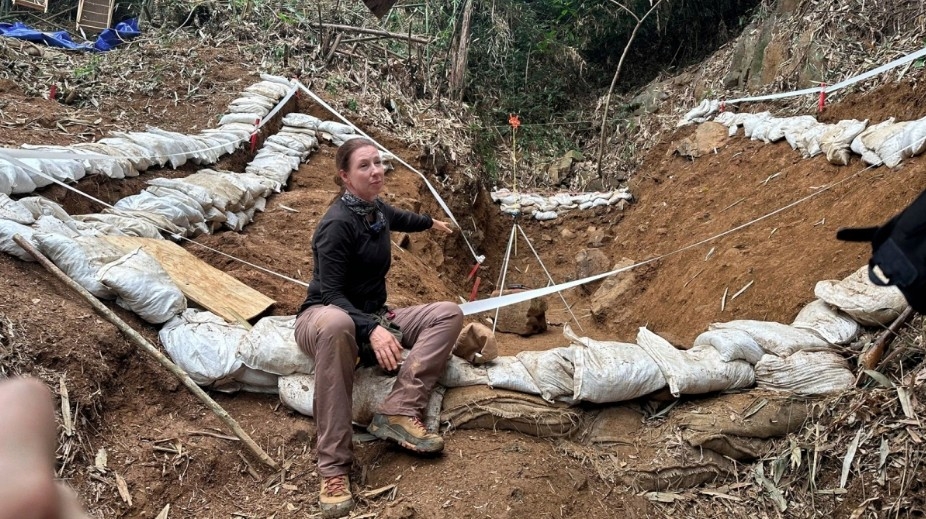
From senior leadership to staff across ministries, provinces, and especially among veterans and people who had lost family in the war, everyone had to confront their own pain. They had to make the difficult choice to cooperate, to show compassion, and to face the losses of the past.”
From the outset, the Party and State of Vietnam made it clear that the MIA effort was purely humanitarian in nature, with no political conditions attached.
More than 50 years of searching for the remains of US soldiers missing in the Vietnam War has demonstrated Vietnam’s humanitarian spirit and goodwill in addressing the aftermath of war.
Flowers beside the names
In the middle of the Pacific Ocean lies a solemn and unique place: the National Memorial Cemetery of the Pacific in Hawaii. Here, the names of those missing in action after the war are engraved in marble. According to custom, when the remains of a soldier are recovered, a small bronze flower-shaped insignia is placed beside their name to mark that they have been found and brought home.
Recently, a woman named Corney received the remains of her father, more than 50 years after he went missing. A bronze flower insignia was placed beside his name.
Lieutenant Colonel Travis Walter Ray, Commander of Detachment Two of the US Defense POW/MIA Accounting Agency in Vietnam, shared her story with emotion. He said Corney’s father had come to Vietnam to serve in the war when she was just a few months old, and she had never met him. When she finally received his remains, she cried out, “Dad!” – a word she had waited more than five decades to say. For her, that moment marked her father’s return home after more than 50 years of longing.
More than half a century of waiting for that embrace to be complete.
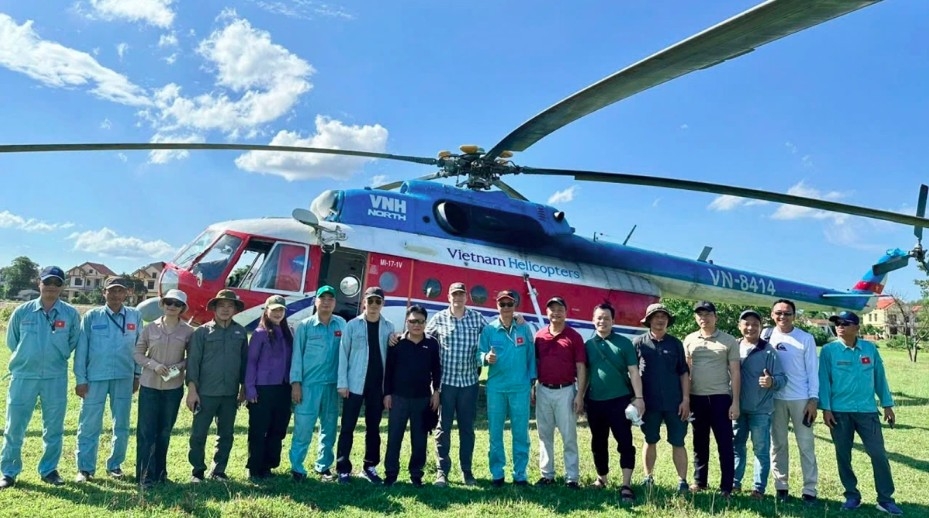
To ensure more bronze flowers can be placed beside those engraved names, and to help close the circle for families who have waited with open arms for decades, the search for American soldiers missing in the Vietnam War will continue with tireless efforts from both Vietnam and the United States.
This mission carries profound humanitarian meaning, and also plays an important role in augmenting cooperation between the two countries. It helps build trust and deepen ties, especially now that Vietnam and the United States have established a comprehensive strategic partnership.
As of April 2025, Vietnam and the United States have carried out 158 joint MIA search missions. Nearly 1,000 sets of remains have been recovered and repatriated, helping the US identify more than 730 of its service personnel missing in Vietnam.


